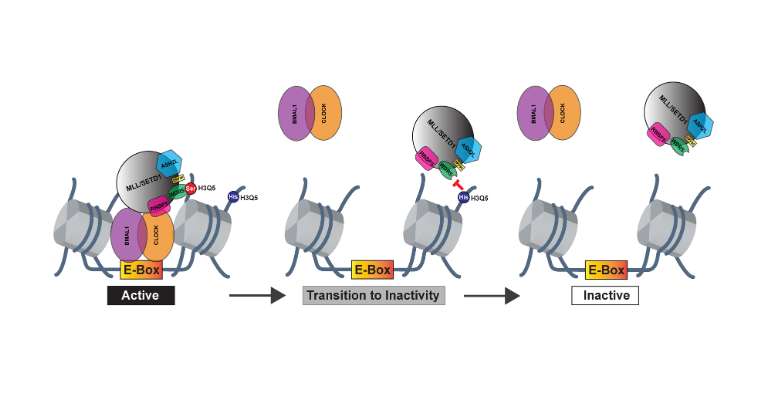"Mood-Altering Messenger Goes Nuclear"
Serotonin is best known for its role as a chemical messenger in the brain, helping to regulate mood, appetite, sleep, and many other functions. But startling new work suggests the impact of serotonin does not end there: the molecule also can enter a cell’s nucleus and directly switch on genes. In the study reported in Nature, researchers led by Ian Maze and postdoctoral researcher Lorna Farrelly from the Icahn School of Medicine at Mount Sinai, followed a hunch that serotonin molecules might also get added to histones. The researchers found that serotonylation does indeed occur in the cell nucleus. They also identified a particular enzyme that directly attaches serotonin molecules to histone proteins. With serotonin attached, DNA loosens on its spool, allowing for increased gene expression. This unexpected discovery now allows us to track serotonin and perhaps some of the brain’s other chemical messengers to see what they might be doing in the cell nucleus and whether this information might one day help in treating the millions of Americans with mood and behavioral disorders.
— Ian Maze, PhD, Assistant Professor, Neuroscience, Pharmacological Sciences, Icahn School of Medicine at Mount Sinai
— Lorna Farrelly, PhD, Postdoctoral Fellow, Icahn School of Medicine at Mount Sinai
